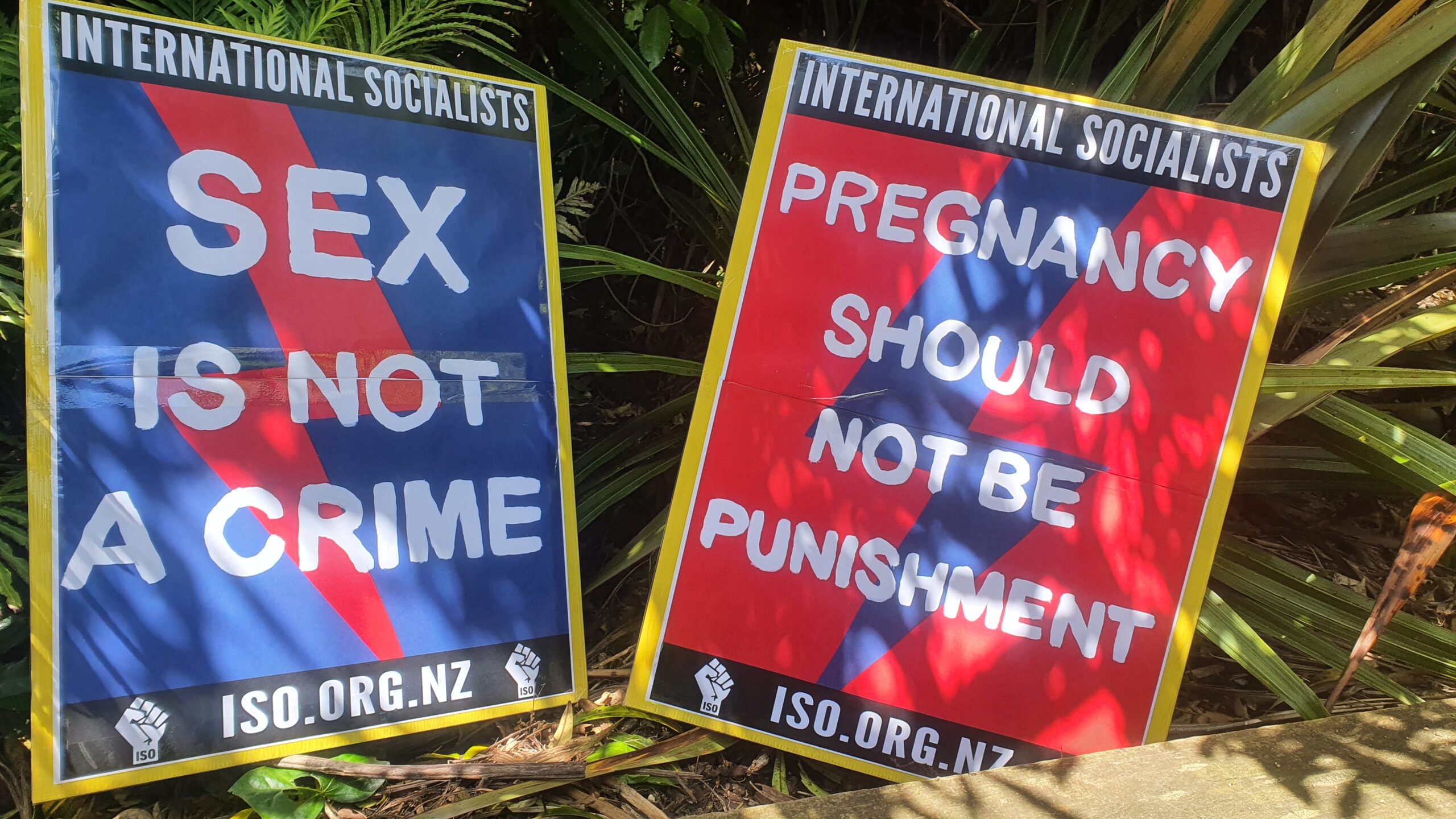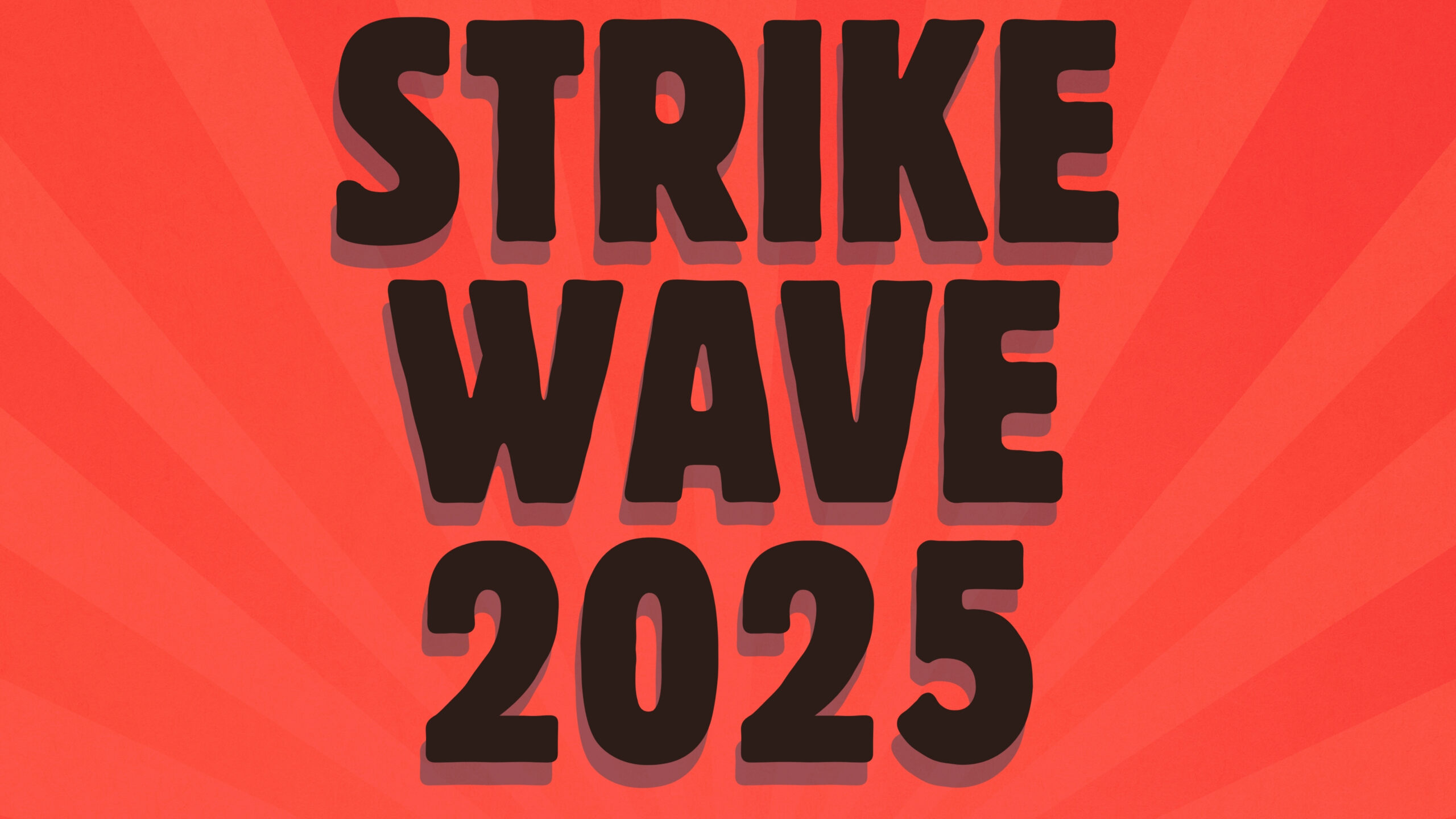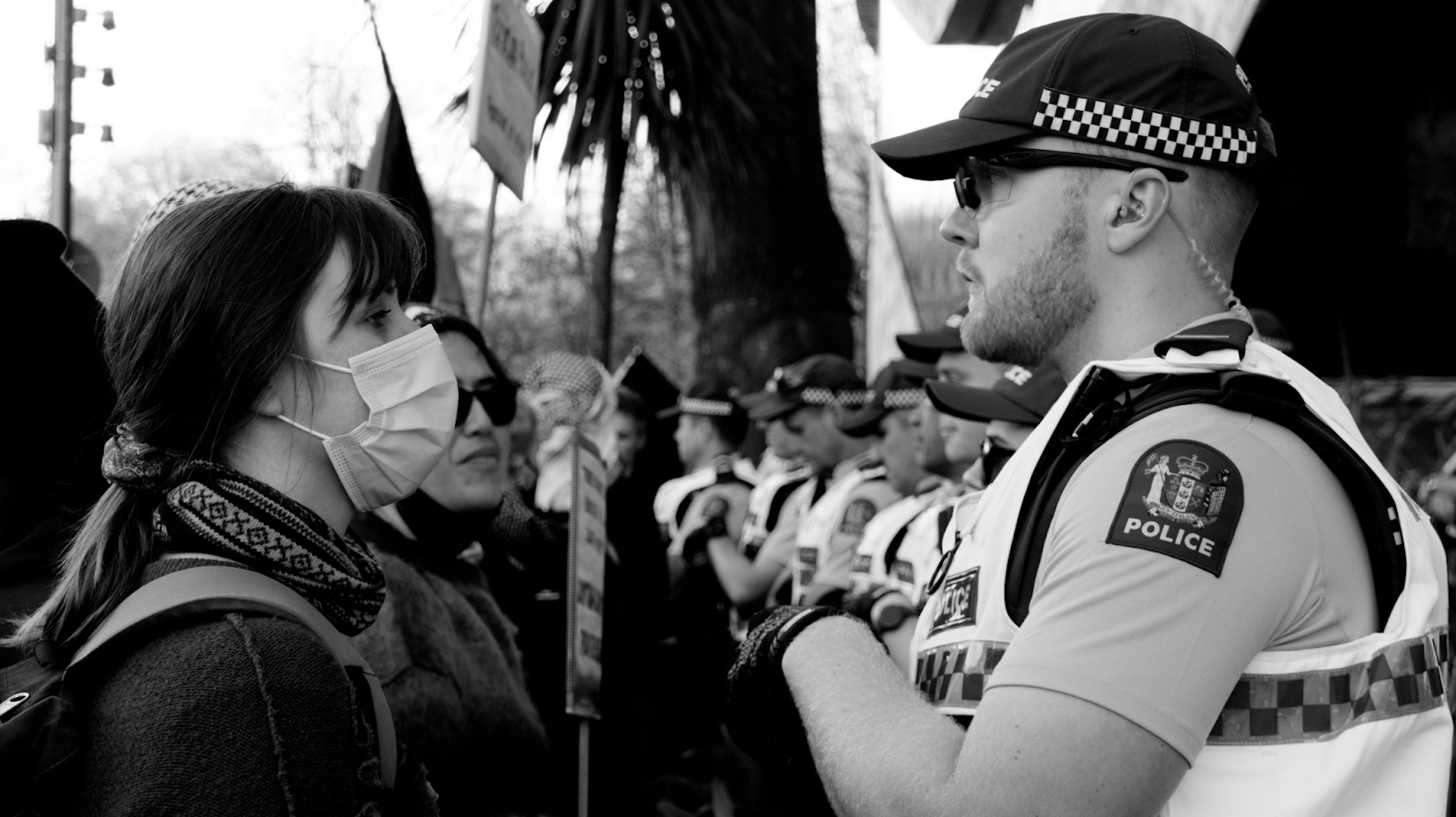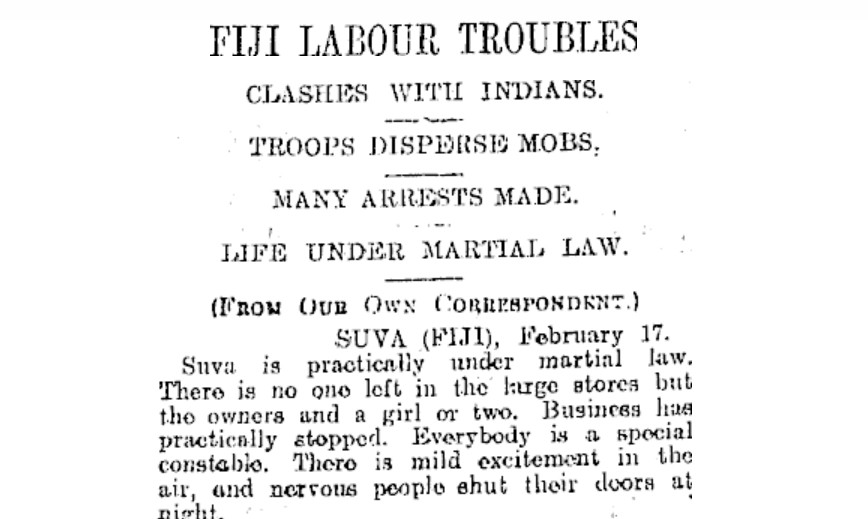In Aotearoa, consumer prices rose by 5.9 percent in 2021. You have to go back to 1990 for inflation higher than this.
Prices did not rise evenly throughout last year. Over the first quarter prices rose by 0.8 percent, which was on the high side by the standards of recent years, but not remarkable. For the second quarter inflation was rather steep at 1.3 percent. For the third quarter it was 2.2 percent, which really rang alarm bells. For the last quarter price rises eased back to a 1.4 percent increase, giving the year-on-year increase of 5.9 percent.
Inflation is by no means a problem particular to New Zealand. In the US, at the beginning of 2021, the annual rate of inflation was only 1.4 percent. By the end of the year it was 7 percent, and by the end of January 7.5 percent. Still in the US, the producer prices index (PPI), as distinct from consumer prices, rose by 1 percent in January to make an annual rate of 9.7 percent.
In the OECD area annual inflation was running at 5.8 percent at the end of the third quarter 2021. In the UK, on the most conservative indicator, inflation for 2021 was 5.4 percent. In the Eurozone it was 5 percent; in Australia 3.5 percent. In Asia inflation has remained low, for the time being.
Inflation has been likened to the genie in the bottle: once it gets out, it is difficult to get it back in. National central banks, like the Reserve Bank of New Zealand, have a habit of underestimating inflation in their forecasts. There is no knowing for how long we face a period of high inflation. All that can be said is that it is a growing problem.
In an article on Stuff, John McDermott, a former Chief Economist at the Reserve Bank, said prices rise if there is more money chasing fewer goods and services, and at the moment, the fuse is burning from both ends.
Let’s elaborate on that simple statement. Economists like McDermott are saying that at one end the fuse there is too much money swilling around in the economy. Since the Global Financial Crisis of 2008-2009, governments have sought to stave off recession by stimulating their economies by borrowing and spending, and also by pumping money into the banking system to be borrowed at low interest rates. In response to the COVID pandemic, governments have pumped more money into their economies. In Aotearoa, in the early stages of the COVID crisis the Reserve Bank pumped $54 billion into the economy. In the US the Federal Reserve injected $3.5 trillion of COVID relief into the money supply. This pumping of money into the economy, called quantitative easing, has been going on for years. In short, McDermott, is saying that one reason for current inflation is on the demand side.
Now to the other end of the fuse, the other cause of inflation, as said by McDermott. This is that there are not enough goods and services to meet demand; in other words, fault is on the supply side. Economists are putting this down to the pandemic causing supply chain bottlenecks, such as auto parts and of oil and gas supplies, caused by the pandemic disruption and geopolitical tensions.
Whether the problem lies more on the demand side or on the supply side is not a question being answered here. However, a point that needs making is that a right-wing economic school of thought called monetarism has it that the amount of money in the economy determines demand, and too much demand causes inflation.
Monetarism has been and remains influential throughout the neoliberal period from the time of Reagan, Thatcher and Roger Douglas onwards. Monetarists believe that inflation can be controlled by monetary policies to cool demand, like raising interest rates to reduce people’s spending.
Under monetarist influence, the standard solution of bourgeois economists to bring inflation down is to take demand out of the economy. This, they say, can be done by these interlinked measures:
- Raise interest rates
- Reduce the amount of money circulating in the economy by cutting government spending
- Create unemployment, which enables the holding down of workers’ pay.
Looking at the first strand, interest rates, higher borrowing rates cool the economy generally by increasing borrowers’ costs and deterring borrowing altogether.
The increase in interest rates world-wide is well under way. In New Zealand, last October, in response to the third quarter inflation figures, the Reserve Bank raised the Official Cash Rate for the first time since 2014. On 23 February it raised the OCR again by 25 basis points and stated that it was willing to raise the OCR in larger increments if required over coming quarters.
In the UK, the central bank, the Bank of England, raised its base rate in December and again on 3 February. The US’s central bank, the Federal Reserve, has signalled that it will raise interest rates in March.
Interest rates are still very low, but if high inflation persists central banks around the world will raise rates again and again. Any national economy that does not follow suit will be punished by the devaluation of its currency.
On the second strand, the call to cut public spending. In Aotearoa this has begun. It has become the main plank of National’s economic policy. According to Christopher Luxon, the principal cause of inflation in New Zealand is government spending. He has called for the “reining in” of public spending and raising interest rates. On Q&A Simon Bridges was saying the same thing and called on Labour to make cuts in the next Budget.
The third element of the capitalist strategy to get inflation down is to cut workers’ pay. An effective way to achieve that is to create unemployment by cooling the economy in order to scare workers off from fighting over pay.
Pay has never been the cause of inflation, but, historically, every time workers have fought to keep their wages up with prices they have been blamed for inflation by the trinity of employers, the capitalist media, and governments; governments of the right and left.
The deliberate strategy of monetarist policies to cool economic activity runs the risk of triggering a full-scale recession. But from the point of view of Big Capital, a recession that ruins the small owners and restores profitability at the expense of workers’ pay and conditions is no bad thing. Every time capitalism goes into a crisis the employer class always seeks to resolve it at the expense of the working class.
In Aotearoa, government and employer moves to hold down pay are beginning to intensify the class struggle. It is worth tracking how workers have reacted to the higher cost of living so far.
Over 2021, pay increased by 2.6 percent, well behind price increases, therefore there has been a drop in incomes in real terms. It is normal for pay to fall behind initially in periods of high inflation. After all, wage increases do not cause inflation but follow it.
At the end of last year, and into this year, there has been a run of disputes over pay. In November, after 3 days of strike action, First Union members at Countdown distribution centres in Auckland won a settlement that included a 5 percent pay rise over one year followed by 3.9 percent over the next 9 months. At the time of this deal, the inflation figure was 4.9 percent, therefore these workers seem to have successfully fought to keep up with inflation, at least in the first stage of the settlement.
After a 90 percent strike vote in December the RMTU obtained an offer from KiwiRail, which was ratified by the membership in February with 93 percent in favour. The deal is complex, but on the whole the RMTU appear to have won good inflation-busting pay rises in a 2-year deal.
Sky City Casino staff in Hamilton, members of Unite, walked off the job on New Year’s Eve night and again on Waitangi Day.
Apex members working for Pacific Radiology Group, which is owned by Infratil, held rolling 24-hour strikes in the South Island in the week beginning 14 February. This followed a strike in December.
Apex medical physicists working for DHBs held a 48 hour strike on 16 & 17 February. This was an escalation from a 12-week partial strike.
First Union members at CHEP pallet suppliers in Auckland, a low paid Samoan workforce have escalated their intermittent action. At the time of writing they were into their eighth consecutive day of striking. Incidentally, CHEP UK pallet workers in Manchester are currently on an all-out strike.
On 11 February First Union members at Winstone Aggregates began a 48-hour strike.
The RMTU is balloting its members at Auckland One Rail as the company’s offer amounts to a pay cut in real terms.
At present, the most significant clash in the public sector involves ten thousand PSA members at DHBs – allied, public health, scientific and technical professionals – who rejected the DHB’s initial offer by over 90 percent and are set to mount 24-hour strikes on 4 and 18 March. As the DHBs are funded by central government, in reality the dispute is with the government. All those who can should demonstrate their support for these health workers on the picket lines, if the strikes go ahead.
Looking ahead to other possible scraps with the government, the education sector may become a key battleground. The secondary teachers’ 3-year agreement expires at the end of June and the primary teachers’ 3-year agreement expires on 25 August. These PPTA and NZEI members are in a powerful position. There is a tactical point to mention here. In a period of high inflation being locked into three-year deals, even two-year deals, is dangerous. It is unknown whether inflation will spiral out of control. It can happen: in 1980 the annual rate of inflation in New Zealand reached over 17 percent. The shorter the term of agreement the better in these times.
This review of workers fighting to keep up with the cost of living shows a spread throughout the economy, private and public sectors, and a range from industrially strong workforces, like railway workers, to weaker groups like Sky City hospitality staff. They show that the working class is reacting to the higher cost of living, and when collective contract negotiations come around workers are prepared to take strike action.
A caveat is due. Unlike the groups mentioned in this review, the majority of workers are not in a union. According to the latest available statistics, in 2020 only 16.4 percent of the employed labour force were found to be union members. As it stands union membership is concentrated in the education and health sectors. There is very low union membership in the private sector.
Un-unionised workers could easily suffer cuts in real pay, especially if an economic downturn extinguishes current low unemployment. The wages of the unorganised are determined by market forces alone with the Minimum Wage as a safety net.
In February, the government announced a 6 percent increase in the Minimum Wage from April with a slightly lesser increase in the starting rate. Business cried that the increase was a “kick in the guts”. But actually, the increase is no more than CPI.
If we are entering an inflationary period, rather than experiencing a temporary blip, inflation will become a test of the Labour government. Will it be driven by neoliberal economic orthodoxy and allow higher interest rates, make cuts and allow unemployment and falling wages? So far, the Ardern government had not broken out of the neoliberal mould, though it may take a softer line than that demanded by the employer class and National/Act. The difficulties that DHB workers are having over their pay and conditions shows that the Labour government is unwilling to plough the necessary funding into the health service.
There will be a political fight to be had with a Labour government overseeing anti-working-class solutions to inflation.
In the UK, on Saturday 12 February, there were 30 protests over the cost-of-living crisis organised by the anti-austerity movement, the People’s Assembly. Although inflation in Aotearoa appears to be higher than in the UK, there have not been any political protests here. There are two reasons for the relative quietness. One is that in the UK there is an unpopular Tory government, while here we have a fairly popular Labour government. Sympathy for Labour by its supporters and union bureaucracies always holds back protest. Under Labour administrations it takes longer for left-wing protests to break through. Secondly, the far-left in New Zealand is much smaller than in the UK; too small to be able to help create united front organisations like the People’s Assembly.
Some conclusions.
- The varied instances of workers fighting to defend their living standards reviewed show that unionised workers are willing to take militant action.
- Workers in powerful economic positions, such as KiwiRail workers, can defend themselves relatively easily.
- The fate of unorganised workers in the private sector is an open book. The unions have an opportunity to demonstrate the value of unionisation and move into unorganised workplaces. Otherwise, the protection for private sector workers remains the legal Minimum Wage.
- The economic or industrial resistance to the cost-of-living crisis should be linked to a political struggle for socialism.









